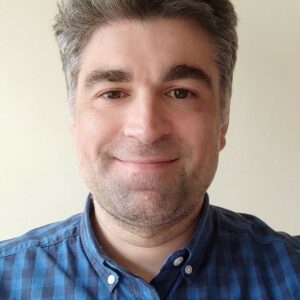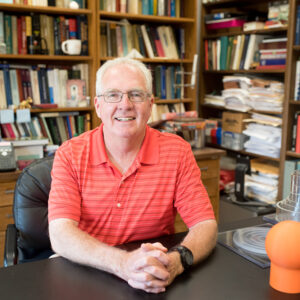At a glance
| Title | 3D-printed Nitrogen-rich Nanoporous Carbons for CO2 capture by Electric Swing Adsorption |
| Reference | 2022.15637.UTA |
| Scientific Area | Nano Materials for New Markets |
| Funding (PT) | 49 824 EUR |
| Funding (US) | 100 000 USD |
| Leading Institutions | LAQV-Requimte – Laboratório Associado para a Química Verde, Faculdade de Ciências e Tecnologia, Universidade Nova de Lisboa, PT
McKetta Dept. of Chemical Engineering and Dept. of Chemistry, University of Texas at Austin, USA |
| Participating Institutions | |
| Duration | 15 months |
| Start date | June 1, 2024 |
| End date | August 31, 2025 |
| Keywords | Nanomaterials; Carbon capture; Additive manufacturing; Joule heating |
What is Print3d4Capture about?
Capture of CO2 from flue gases is an essential part of an effective strategy to tackle its increasing atmospheric concentration. Adsorption-based processes have the potential to answer this technological challenge. In this project, we propose the utilization of revolutionary nanoporous materials, shaped through state-of-the-art 3D printing technologies, on an emerging and highly promising CO2 capture process termed Electric Swing Adsorption (ESA).
ESA is a specific case of the mature Temperature Swing Adsorption (TSA) process.
In both processes, after saturation with adsorbate (CO2 in our case-study), the adsorbent is regenerated by increasing its temperature. The main advantage of ESA is that it promotes the heating in-situ, by passing an electrical current through a conductive adsorbent (Joule effect). The ESA heating rates are much higher, dramatically enhancing the process productivity when compared with classical TSA.
In Print3d4Capture we will explore the utilization of ground-breaking hierarchically nanoporous carbons possessing ultrahigh nitrogen contents, which promotes highly enhanced affinity for CO2 adsorption. The N-rich nanoporous carbon will be structured in monolithic pieces by 3D printing which will be characterized and their performance in ESA processes evaluated.
What critical challenges is Print3d4Capture addressing?
In Print3d4Capture we will focus on the development of porous materials that can combine good electrical conductivity with exceptional adsorption capacity for carbon dioxide in diluted conditions – this kind of materials are not available currently, being this the main hurdle to the implementation of successful ESA processes.
How will Print3d4Capture optimize the CO2 capture by electric swing adsorption?
In Print3d4Capture ground-breaking hierarchically nanoporous carbons possessing ultrahigh nitrogen contents will be synthesized to guarantee high affinity for CO2 adsorption. The materials will be structured into monolithic pieced using 3D printing techniques and their performance in ESA processes for CO2 capture will be evaluated.
How is Print3d4Capture contributing to nanomaterial research?
By connecting revolutionary nanomaterials with 3D printing and a novel process (ESA) we intend to set the seed for the development of a novel technology with high potential in mid-term. It is expected that the materials developed within the scope of Print3d4Capture will pave the way for the utilization of this technology on other separations of interest (besides carbon capture). Furthermore, these materials can also be used in other technologies requiring porous conductive materials.
Key Expected Outcomes
- Development of prototype 3D-printed adsorbent structures;
- Development of 1 mathematical model;
- Demonstration of adsorbent performance in ESA process at laboratory scale;
- 2 Publications in peer-reviewed scientific journals;
- 1 communication in an international meeting;
- Training of PhD, MSc and undergraduate students.
Project Team
Rui Ribeiro
C. Buddie Mullins
- Other team members in Portugal: José Paulo Mota (co-PI; LAQV-Requimte, FCT-NOVA), inês Matos (LAQV-Requimte, FCT-NOVA), Maria Bernardo (LAQV-Requimte, FCT-NOVA), Isabel Fonseca (LAQV-Requimte, FCT-NOVA);



